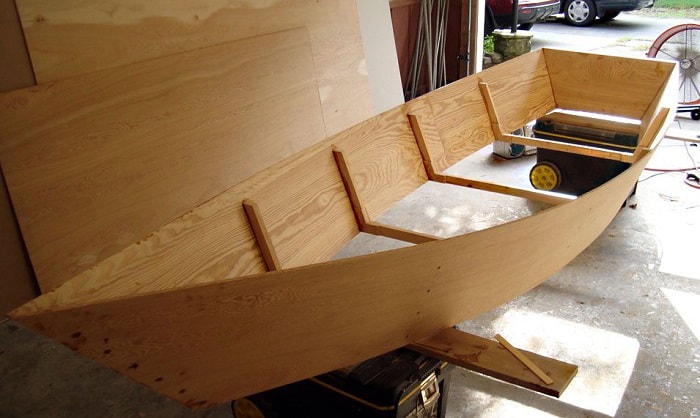
Beyond the Plans: Unveiling Hidden Gems in Plywood Boatbuilding
Building a plywood boat is a rewarding challenge, blending meticulous woodworking with the thrill of creating something seaworthy. While countless guides detail the construction process, "How to Build a Plywood Boat with Precision and Craftsmanship" (let's call it "the book" for brevity) often overlooks subtle yet crucial aspects. This review delves into those unspoken nuances, offering fresh perspectives for both seasoned builders and enthusiastic beginners.
The Unsung Heroes: Material Selection Beyond the Spec Sheet
The book likely outlines plywood grades and thicknesses. But what about the less-obvious aspects of material selection?
Q: How does the *source* of the plywood impact the final product?
A: While the book may specify marine-grade plywood, the origin and manufacturing process significantly impact performance. Plywood from sustainably harvested forests, for example, could offer a more environmentally friendly option with comparable strength. Look for certifications like the Forest Stewardship Council (FSC) label. Furthermore, understanding the specific glue used in the plywood's lamination is crucial. Some glues are better suited for prolonged water exposure than others, a point often glossed over. Researching manufacturers and their specific product information sheets can give you a significant edge.
Q: Beyond strength, what other material properties should we consider?
A: The book focuses primarily on mechanical properties. However, the *aesthetic* qualities of plywood should also be considered. Consider the variation in wood grain, knot density, and overall color. These contribute to the boat's final look, adding a personal touch beyond mere functionality. Experimenting with different veneers can provide exciting visual results, extending the craftsmanship beyond the structural aspects. Imagine the satisfaction of building a boat with a unique wood grain pattern!
Beyond the Blueprint: Embracing Imperfection and Innovation
Even with precise plans, unforeseen challenges arise. The book provides solutions for common issues, but what about the unexpected?
Q: How can we adapt to imperfections in the plywood sheets?
A: Real-world plywood isn't perfect. The book might mention minor imperfections, but rarely details how to creatively integrate them into the build. Instead of discarding a sheet due to a small knot or blemish, consider incorporating the imperfection into the design. This could lead to a unique, one-of-a-kind boat, showcasing your adaptability and skill. For instance, a strategically placed knot could become a decorative feature, highlighting the boat's handcrafted nature.
Q: Can we use innovative joining techniques beyond those mentioned in the book?
A: While the book will detail standard joining methods (screws, epoxy, etc.), exploring alternative techniques can add strength and visual appeal. For example, consider dowel joining for added stability in high-stress areas. This method, while more time-consuming, results in a more robust structure and a cleaner, more aesthetically pleasing finish. Furthermore, research into modern epoxy systems and their varied properties could lead to lighter and stronger joints.
The Human Element: Learning from Experience and Community
The book provides instructions, but building a boat is a journey.
Story: The Case of the Crooked Keel
One seasoned boatbuilder, after following the book meticulously, discovered a slight warp in his keel during assembly. Instead of scrapping the project, he cleverly incorporated a counter-warp into the hull design, resulting in a boat that's both unique and surprisingly seaworthy. This highlights the importance of adaptability and problem-solving â€" skills not explicitly taught in manuals but crucial in real-world boatbuilding.
Engaging with online boatbuilding communities and forums provides invaluable support and allows for the sharing of unconventional techniques and solutions. This collaborative learning process complements the structured approach of the book, leading to a richer and more rewarding building experience. Learning from others' mistakes and successes is an often overlooked but essential aspect of the craft.
In conclusion, while "How to Build a Plywood Boat with Precision and Craftsmanship" serves as an excellent foundation, its true value lies in understanding and adapting the principles within. By embracing creativity, prioritizing material selection, and actively seeking out diverse perspectives, boatbuilders can transform a simple set of plans into a truly unique and personal vessel, reflecting their individual craftsmanship and innovation.

0 comments:
Post a Comment
Note: Only a member of this blog may post a comment.